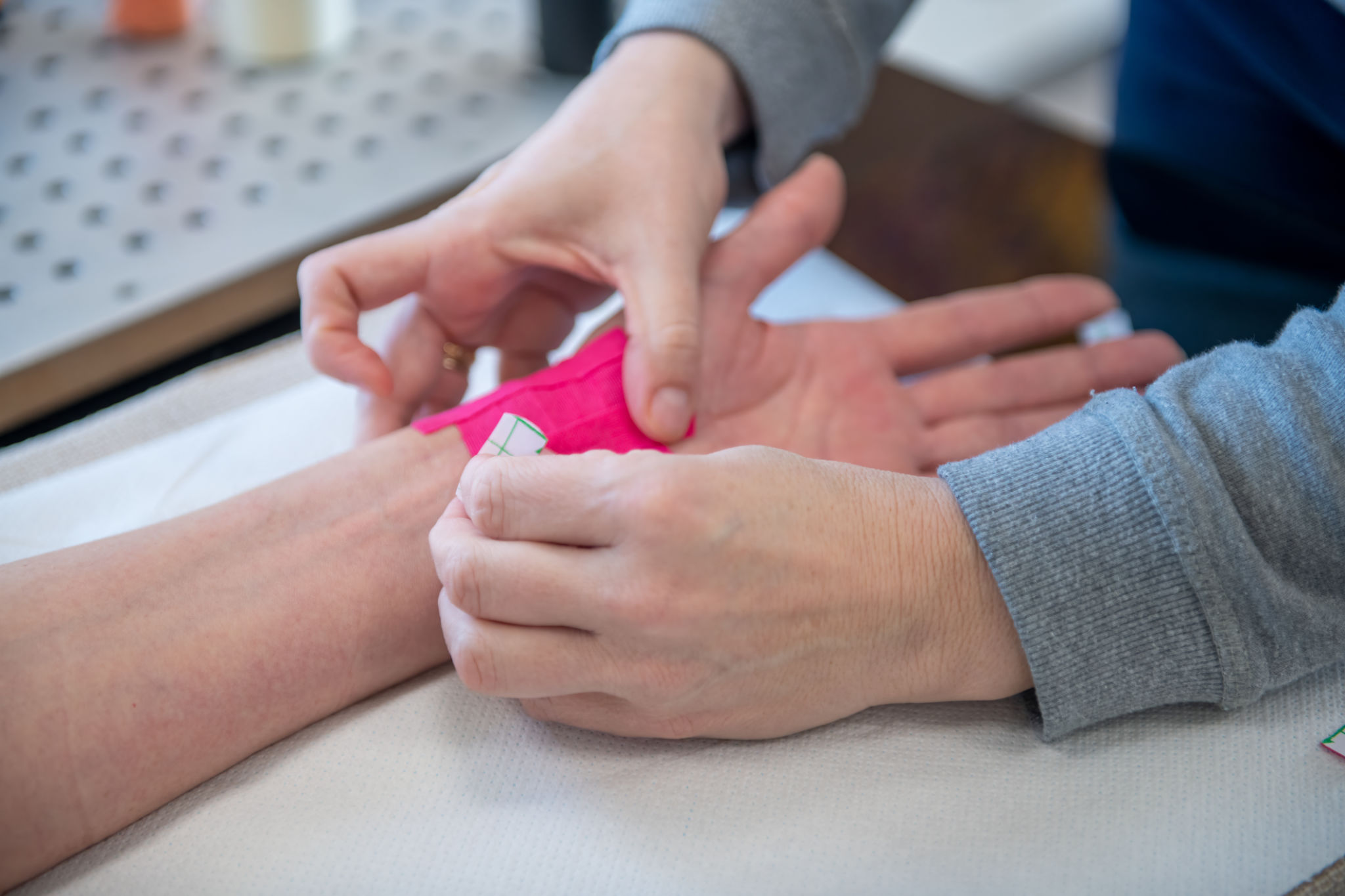How to Use Therapeutic Bandages for Optimal Healing: A Step-by-Step Guide
Understanding Therapeutic Bandages
Therapeutic bandages have become a vital tool in promoting optimal healing for various injuries and conditions. These bandages are designed to provide support, reduce swelling, and improve circulation, thereby enhancing the body's natural healing process. Whether you're dealing with a sprain, muscle strain, or post-surgical recovery, knowing how to use therapeutic bandages effectively can make a significant difference in your recovery journey.
One of the key benefits of therapeutic bandages is their versatility. They can be used on different parts of the body, from wrists and ankles to knees and elbows. Understanding their purpose and how they work will help you apply them correctly for the best results.

Choosing the Right Bandage
Before applying a therapeutic bandage, it's crucial to select the right type for your specific needs. There are various options available on the market, including elastic bandages, kinesiology tapes, and compression wraps. Each type serves a different purpose, so it's essential to understand your condition and consult with a healthcare professional if necessary.
Elastic bandages are commonly used for general support and compression. Kinesiology tapes are designed to mimic the skin's elasticity and are often used by athletes to support muscles and joints without restricting movement. Compression wraps are typically used to reduce swelling and improve circulation in areas with limited mobility.
Preparing the Area for Application
Once you've chosen the right bandage, it's time to prepare the area for application. Start by cleaning the skin thoroughly to remove any dirt or oils that might interfere with the adhesive properties of the bandage. Pat the area dry with a clean towel.

Next, ensure that the skin is free of any cuts or open wounds. If there are any, it's advisable to cover them with a sterile dressing before applying the bandage. This step is essential to prevent infections and ensure that the bandage adheres properly.
Applying the Bandage
When applying a therapeutic bandage, ensure that it is snug but not too tight. Start at one end of the affected area and wrap the bandage around it, overlapping each layer slightly. Be careful not to apply too much pressure, as this can restrict blood flow and cause discomfort.
If you're using a kinesiology tape, cut it into appropriate lengths and apply it along the muscles you wish to support. Remember to stretch the tape slightly as you apply it, following the muscle's natural direction.

Monitoring and Adjusting
After applying the bandage, monitor the affected area for any signs of discomfort or restricted movement. It's important to adjust the bandage if you experience any tingling, numbness, or increased pain.
Regularly check for signs of swelling or changes in skin color, which may indicate that the bandage is too tight. If necessary, reapply the bandage with less tension to ensure comfort and optimal healing.
When to Seek Professional Help
While therapeutic bandages are highly effective for many minor injuries, there are times when professional medical advice is necessary. If you notice severe swelling, persistent pain, or if your symptoms do not improve after a few days of using a bandage, seek medical attention.
It's also important to consult with a healthcare professional before using therapeutic bandages if you have existing medical conditions such as diabetes or poor circulation, as these may affect how your body responds to compression and support.
